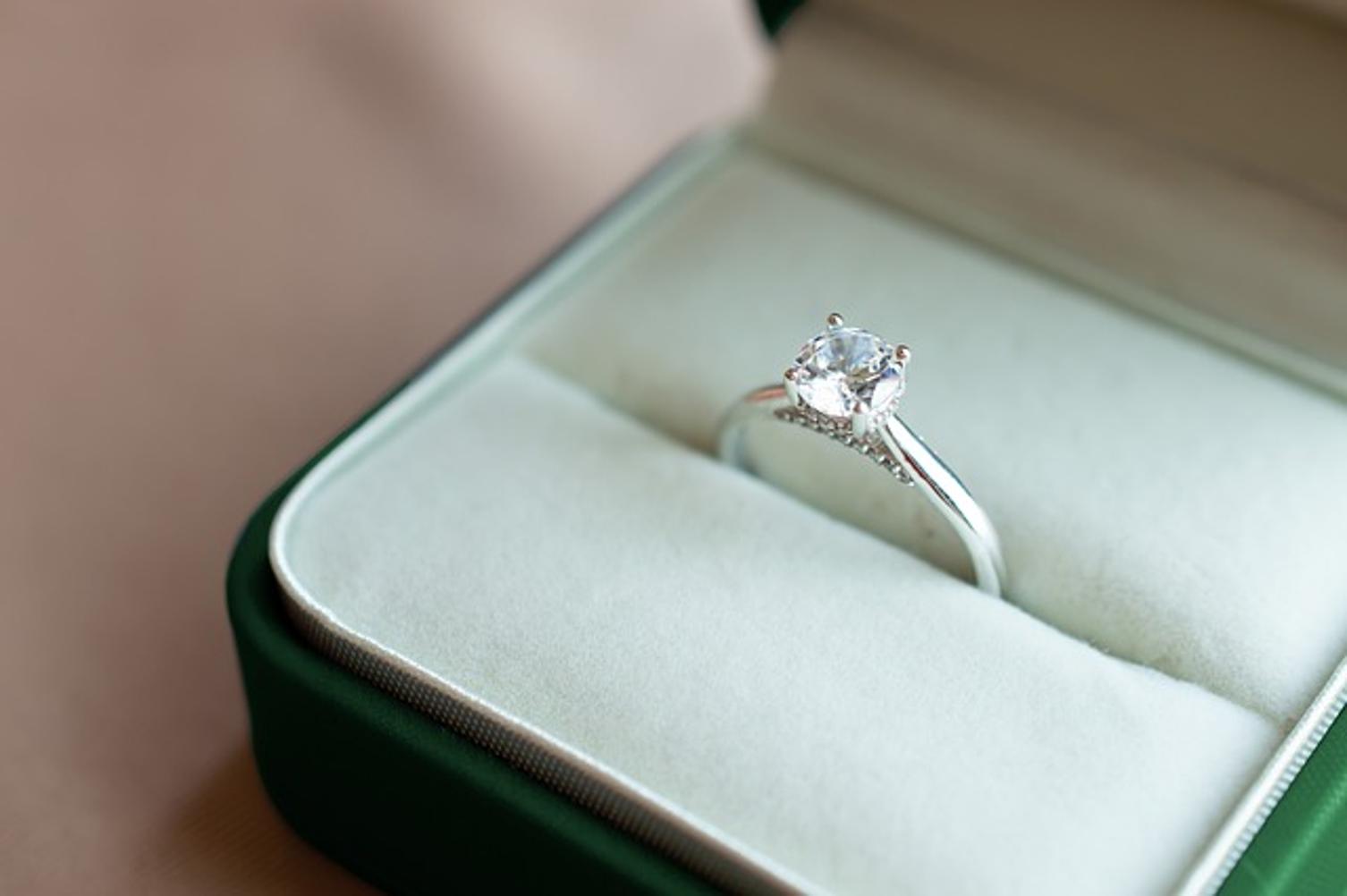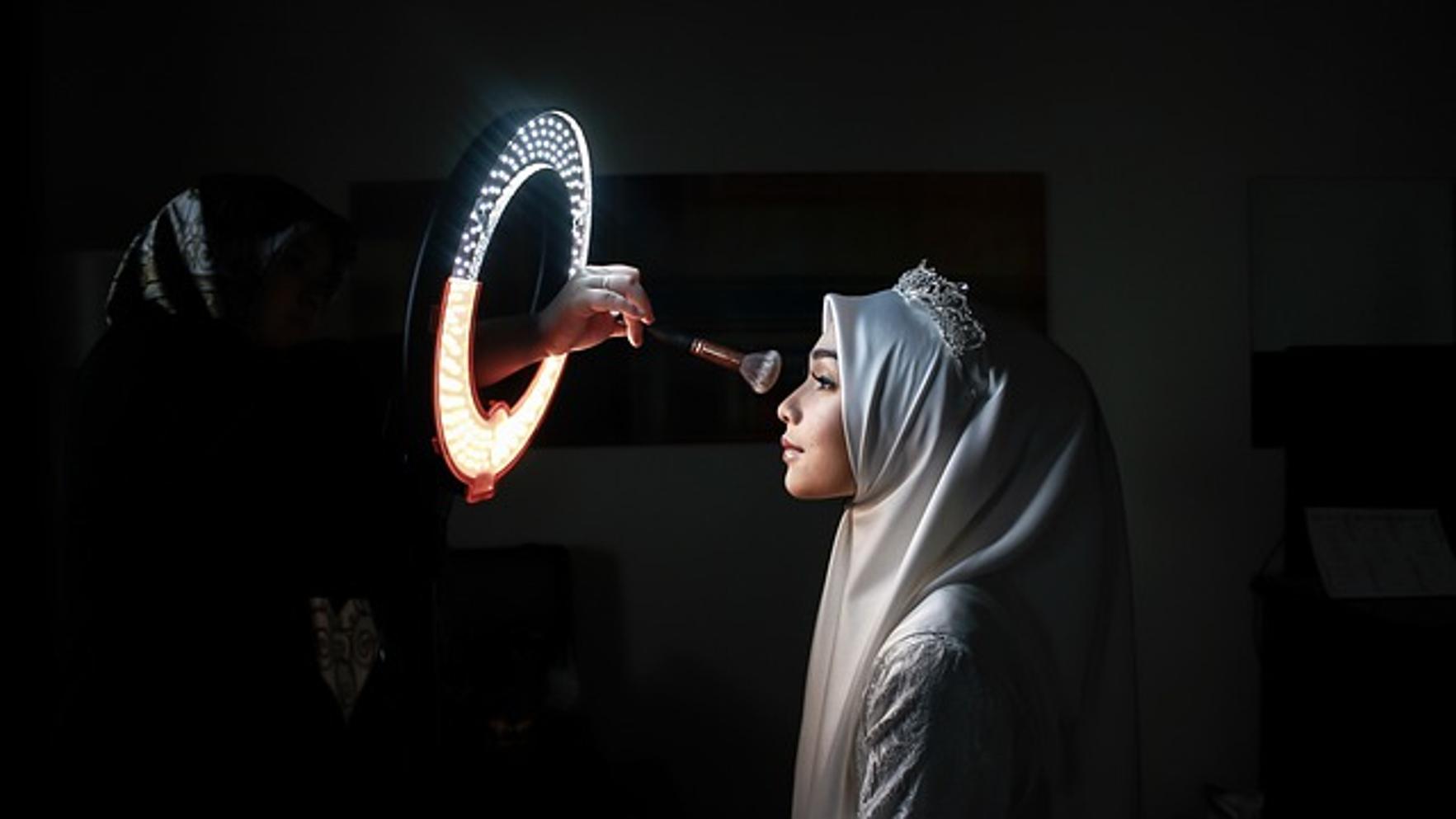What is a Belly Ring?
Introduction
A belly ring is a type of jewelry worn in the navel, often as a fashion statement or an expression of personal style. This decorative piece has gained popularity, especially in youth culture and the fashion industry. Its allure stems from its ability to accentuate the midriff, making it a favorite for those who love to flaunt crop tops and bikinis. Understanding what a belly ring is involves looking at its history, types, the piercing process, aftercare, risks, and its place in modern fashion.

History of Belly Rings
Belly rings may seem like a modern trend, but their origins date back centuries. Historically, navel piercings were common in various cultures around the world. Ancient Egyptians, for example, adorned themselves with belly rings as a symbol of fertility and eternal life. Belly rings were also present in Indian culture, often associated with dance and traditional attire.
Over time, the practice of navel piercing faded until it resurfaced in the late 20th century. The revival was significantly influenced by celebrities and pop stars who showcased their belly rings in music videos and public appearances. This sparked a global trend, making belly rings a popular accessory once again.
Types of Belly Rings
There are multiple styles of belly rings available today, catering to different tastes and preferences. Some of the most common types include:
- Standard Curved Barbell: This is the most common type, featuring a curved bar with a bead on each end.
- Reverse / Top Down: These are similar to standard barbells but are designed to hang over the belly button instead of beneath it.
- Dangle Belly Rings: These have decorative elements that dangle or hang from the barbell, often featuring charms, gems, or intricate designs.
- Hoops and Captive Bead Rings: These rings form a complete circle and are secured with a small bead or ball.
- Non-Dangle Belly Rings: These are more simplistic and less ostentatious, suitable for everyday wear.
Selecting the right type depends on your style, comfort, and how you plan to wear your belly ring.
The Piercing Process
Understanding the piercing process can help you prepare mentally and physically. Here’s what to expect:
- Consultation: Choose a reputable piercing studio. During the initial consultation, the piercer will discuss the procedure, aftercare, and answer any questions.
- Preparation: The area around your navel is cleaned and sanitized to prevent infection.
- Marking: The piercer will mark the entry and exit points for the piercing to ensure precision.
- Piercing: A sterilized needle is used to make the hole, followed by the insertion of the jewelry. This is a quick process, though you may feel a sharp pinch or pressure.
- Aftercare Instructions: The piercer will provide detailed aftercare instructions to help your piercing heal properly.
The entire process is typically quick, often taking less than 30 minutes.

Caring for Your Belly Ring
Proper aftercare is crucial to ensure your belly ring heals without complications. Here are some essential tips:
- Cleaning: Clean the piercing twice daily using a saline solution or an antiseptic recommended by your piercer. Avoid using alcohol or hydrogen peroxide as they can dry out and irritate the skin.
- Hands Off: Resist the urge to touch or twist the ring. Only handle it with clean hands when necessary.
- Avoid Tight Clothing: Wear loose-fitting clothes to avoid irritation and pressure on the piercing.
- Watch for Signs of Infection: Keep an eye out for signs like excessive redness, swelling, or pus. If you notice any of these, contact your piercer or a healthcare professional immediately.
Healing can take several months, and following these aftercare steps diligently will contribute to a smooth recovery.
Risks and Complications
While belly piercings are generally safe when done correctly, there are potential risks and complications to be aware of:
- Infection: Poor hygiene or improper aftercare can lead to infections.
- Allergic Reactions: Some individuals might react adversely to certain metals used in belly rings.
- Rejection and Migration: This happens when the skin rejects the jewelry or the piercing moves from its original placement.
- Scarring: Improper care or removal can lead to scarring.
Being aware of these risks helps you take preventative measures to ensure your piercing remains healthy.

Fashion Tips and Trends
Belly rings are a versatile accessory that can enhance your outfit. Here are some fashion tips:
- Match Your Outfit: Choose belly rings that complement your attire. For a casual look, opt for simple, non-dangling rings. For dressy occasions, go bold with dangle rings featuring gems or intricate designs.
- Seasonal Trends: Belly rings are especially popular in summer, paired with swimwear or crop tops.
- Layering: Pair your belly ring with other body jewelry like anklets, bracelets, or necklaces for a cohesive look.
Following these tips can help you make a stylish statement with your belly ring.
Conclusion
Belly rings are more than just a fad; they are a form of self-expression rooted in historical significance. Whether you’re considering getting one or already have a belly ring, understanding its types, the piercing process, aftercare, and fashion trends can enhance your experience. With proper care, a belly ring can be a beautiful and lasting addition to your personal style.
Frequently Asked Questions
How long does it take for a belly ring to heal?
Typically, a belly ring takes anywhere from 6 months to 1 year to fully heal. Adhering to aftercare instructions is crucial for managing the healing process effectively.
Can I swim after getting a belly button piercing?
Avoid swimming in pools, hot tubs, lakes, or oceans for at least the first few months to prevent infections. Check with your piercer for personalized advice based on your healing progress.
What materials are best for belly rings?
High-quality materials such as surgical steel, titanium, and niobium are best for minimizing allergic reactions and irritations. Always consult with your piercer to choose the safest option for your skin.

